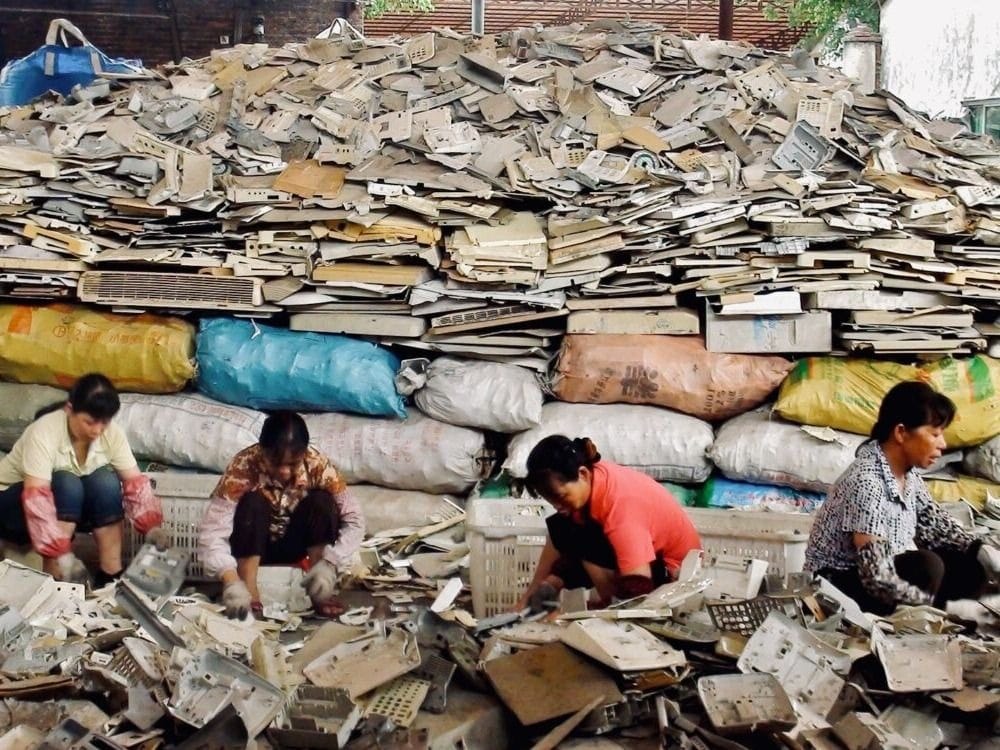VIENNA (AN) — The world generated 53.6 million metric tons of electronic waste in 2019, more than one-fifth higher than the amount discarded five years earlier, U.N. agencies and a waste management organization reported.
That is roughly equal to 350 cruise ships as big as the U.K.'s Queen Mary 2, which weighs 149,215 metric tons, according to figures released on Thursday.








